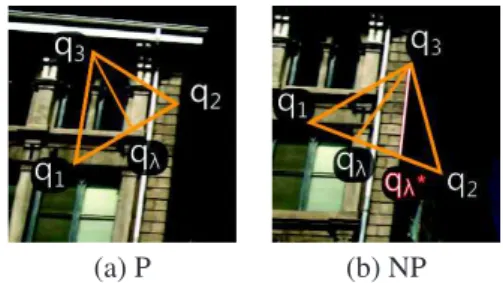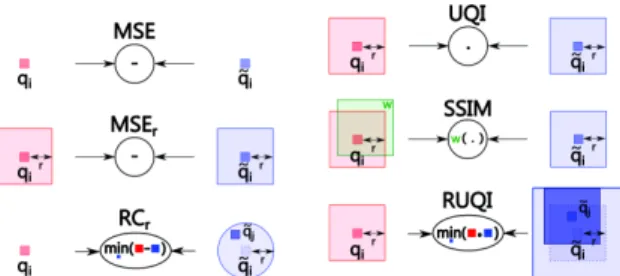Image Quality Assessment for Photo-consistency Evaluation on Planar Classification in Urban Scenes
Texte intégral
Figure



Documents relatifs
a AFM height images 20x20 μm2 showing the microstructure of a binary microgel array deposited on a silicon substrate of a decoupled continuous gradient where the big microgels
Tangential cutting force coefficients, which are the most significant for cutting force and chatter-free region prediction, can be obtained from the cutting torque measured directly
Let us now investigate a general criterion, the analog of Savage’s P4, that revealed likelihood g g , orderings should not run into contradictions..?. Likelihood consistency
This paper recalls that the problem of estimating the state vector of a nonlinear dynamic system can be interpreted as a constraint satisfaction problem over continuous domains with
This paper recalls that the problem of estimating the state vector of a nonlinear dynamic system can be interpreted as a constraint satisfaction problem over continuous domains with
(i) Using a simple thin-disc galaxy model, we find that the ex- pected number of brown dwarf stars in each field greatly exceeds the number of LBGs at the very bright-end (m AB
Our work shows that, among other strategies that are necessary for tackling the problem of person detection in high-density scenes, discriminative learning performs reliably and may
This system will be used to estimate the quality of a given degraded image without any assumption, including assumptions about the type of degradation contained
